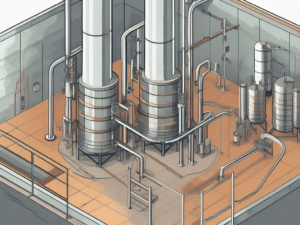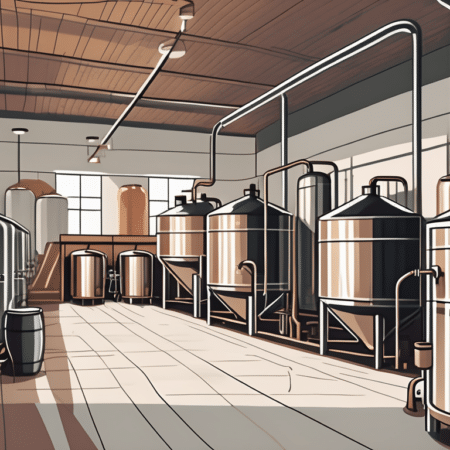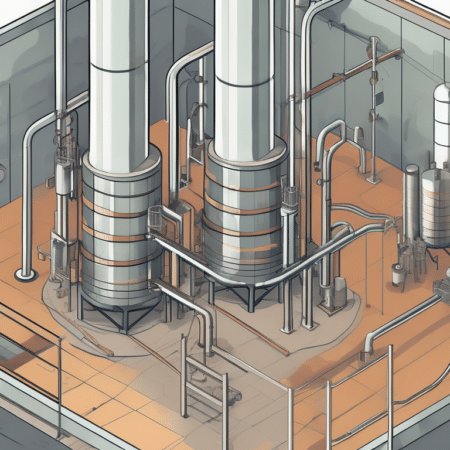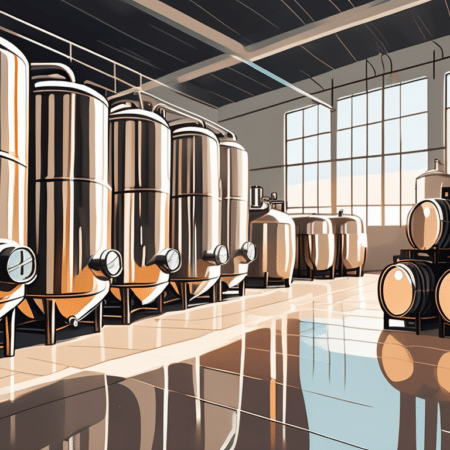Craft beer has taken the world by storm in recent years, with breweries cropping up in every corner of the globe. For beer enthusiasts, exploring the best craft beer destinations has become a thrilling adventure. In this ultimate guide, we will delve into the craft beer revolution, the art of beer making, top craft beer destinations, how to evaluate a craft beer, and tips for planning your brewery visit. So grab a pint, sit back, and let’s embark on a beer-filled journey!
Understanding the Craft Beer Revolution
The Rise of Craft Breweries

The craft beer scene has witnessed an unprecedented surge in popularity. Gone are the days when beer meant mass-produced lagers dominating the market. Craft breweries, known for their emphasis on quality, innovation, and flavors, have soared in numbers. Small, independent, and adventurous, these breweries have revolutionized the beer industry.
What Makes a Brewery ‘Craft’?
To be deemed craft, a brewery must meet certain criteria. Firstly, it must produce a limited amount of beer annually, ensuring attention to detail and quality control. Secondly, it must maintain a majority ownership by craft brewers. Finally, a craft brewery must push boundaries and experiment with unique flavors, pushing the boundaries of traditional beer styles.
One of the key factors driving the rise of craft breweries is the growing demand for unique and flavorful beers. Craft beer enthusiasts are seeking something beyond the ordinary, craving new taste experiences that challenge their palates. Craft breweries have stepped up to the plate, offering a wide range of styles and flavors that cater to diverse preferences.
Moreover, craft breweries have become hubs of creativity and experimentation. They are not bound by the constraints of traditional brewing methods and styles. Craft brewers are constantly pushing the boundaries, exploring new ingredients, and developing innovative techniques to create beers that are truly one-of-a-kind.
Another aspect that sets craft breweries apart is their commitment to local communities. Many craft breweries source their ingredients locally, supporting local farmers and businesses. They often collaborate with nearby establishments, such as coffee roasters, chocolatiers, or even local artists, to create unique beer flavors that reflect the essence of their region.
Craft breweries also offer a more intimate and immersive experience for beer enthusiasts. Unlike large-scale breweries, craft breweries are often housed in smaller, cozy spaces where visitors can witness the brewing process up close. They frequently offer guided tours, allowing visitors to learn about the brewing techniques, ingredients used, and the story behind each beer.
Furthermore, craft breweries have become social hubs, fostering a sense of community among beer lovers. They often host events such as beer tastings, live music performances, and food pairings, creating a vibrant and inclusive atmosphere where people can come together to appreciate and celebrate the art of craft beer.
In conclusion, the craft beer revolution has brought about a new era in the brewing industry. Craft breweries have redefined what it means to be a beer lover, offering a diverse range of flavors, pushing boundaries, and fostering a sense of community. So, the next time you raise a glass of craft beer, take a moment to appreciate the craftsmanship, innovation, and passion that went into creating that unique brew.
The Art of Beer Making
The Brewing Process Explained
Craft beer is a result of a meticulous brewing process. It all begins with mashing, where various grains are combined with water and heated to convert starches into fermentable sugars. This crucial step sets the foundation for the beer’s flavor profile, as different grains can impart distinct characteristics. From the nutty notes of roasted barley to the smooth sweetness of caramel malt, the choice of grains adds complexity and depth to the final product.
Next comes the boiling stage, where hops are added for bitterness, aroma, and flavor. Hops, the flowers of the Humulus lupulus plant, contribute a wide range of flavors and aromas to craft beer. From the citrusy and piney notes of American hops to the floral and earthy tones of European varieties, the choice of hops can transform a beer from light and refreshing to bold and hop-forward.
Fermentation follows, where yeast converts sugars into alcohol and carbon dioxide, creating the magical elixir we know as beer. Yeast, a microorganism classified as a fungus, plays a crucial role in determining the beer’s final character. Different strains of yeast produce distinct flavors and aromas, ranging from fruity esters to spicy phenols. The fermentation process can take anywhere from a few days to several weeks, allowing the flavors to develop and mature.
Key Ingredients in Craft Beer
Craft beer owes its diverse flavors and aromas to a combination of four key ingredients: water, malt, hops, and yeast. Water quality plays a vital role in the brewing process and affects the final product’s taste. The mineral content, pH level, and even the source of water can influence the beer’s characteristics. Brewers often adjust the water profile to achieve the desired flavor balance and ensure consistency.
Malt, derived from barley or other grains, provides the beer’s body and sweetness. During the malting process, grains are soaked, germinated, and then kilned to stop the germination process. This transformation activates enzymes that convert starches into fermentable sugars. The choice of malt can greatly impact the beer’s color, flavor, and mouthfeel. From pale malts that create crisp and clean profiles to dark roasted malts that lend rich and roasty flavors, the possibilities are endless.
Hops, with their wide range of flavors and aromas, balance the sweetness and introduce bitterness. These cone-shaped flowers contain alpha acids, which contribute bitterness, and essential oils, which provide aroma and flavor. Brewers carefully select hop varieties based on their alpha acid content, oil composition, and desired flavor profile. Whether it’s the floral and fruity notes of Cascade hops or the herbal and spicy characteristics of Saaz hops, the choice of hops can elevate a beer to new heights.
Finally, yeast adds character by fermenting the sugars and creating the alcohol content. There are two main types of yeast used in brewing: ale yeast and lager yeast. Ale yeast, known as Saccharomyces cerevisiae, ferments at warmer temperatures and produces fruity and estery flavors. Lager yeast, on the other hand, known as Saccharomyces pastorianus, ferments at cooler temperatures and creates clean and crisp profiles. The choice of yeast strain, along with fermentation temperature and duration, greatly influences the beer’s final taste and aroma.
Exploring Top Craft Beer Destinations
North America’s Craft Beer Hotspots
When it comes to craft beer, North America boasts some of the most vibrant beer destinations. From the West Coast’s hop-forward IPAs to the East Coast’s rich stouts and porters, there is something for everyone. Cities like Portland, Denver, and San Diego have become meccas for beer seekers, showcasing an impressive array of breweries.
Europe’s Legendary Breweries
Europe, with its rich brewing heritage, is a must-visit for any craft beer enthusiast. Belgium, known for its Trappist beers and traditional farmhouse ales, offers a tapestry of flavors. Germany, renowned for its lagers and wheat beers, showcases centuries-old brewing traditions. And of course, the United Kingdom, with its iconic pub culture and cask ales, is a beer lover’s paradise.
Emerging Craft Beer Scenes Around the World
The craft beer movement has transcended borders and spread its influence globally. Exciting craft beer scenes are emerging in countries like Australia, New Zealand, Japan, and Brazil. These countries are putting their own twist on traditional styles and incorporating local ingredients, creating a unique beer-drinking experience.
How to Evaluate a Craft Beer
Understanding Beer Styles and Flavors
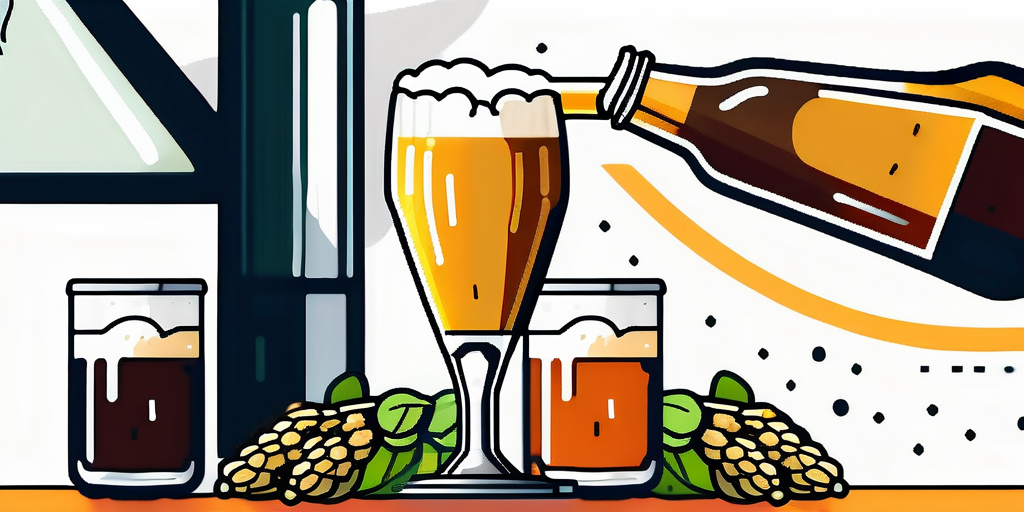
With the plethora of craft beer options available, it helps to familiarize yourself with different beer styles and their characteristics. From refreshing pale ales to robust stouts, each style offers a distinct flavor profile. Exploring various styles allows you to discover your preferences and broaden your beer knowledge.
The Role of Aroma and Appearance
Assessing a craft beer involves more than just tasting. Aroma and appearance play essential roles in the evaluation process. The aroma can provide hints of the beer’s flavor profile, from floral and citrusy notes to roasted malts and chocolate. Meanwhile, the beer’s appearance, including clarity and color, can offer insights into the brewing techniques and ingredients used.
Planning Your Brewery Visit
Tips for a Successful Brewery Tour
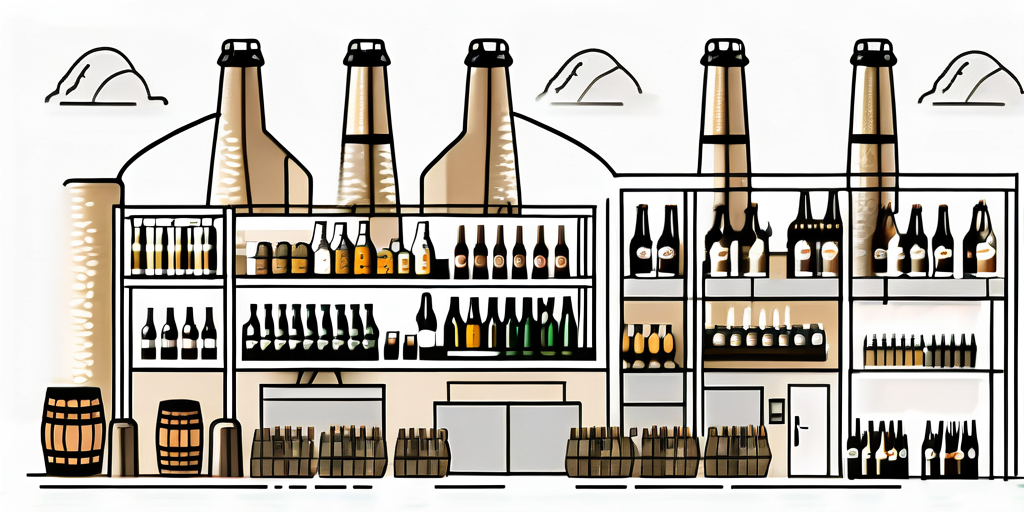
Visiting a brewery is an excellent way to immerse yourself in the craft beer culture. When planning your brewery visit, consider making a reservation, especially for popular and larger breweries. Chatting with the brewers, trying new beer releases, and exploring taprooms are some of the highlights of a brewery tour. Don’t forget to stock up on merch to commemorate your visit!
Pairing Food with Craft Beer
Beer and food make a perfect pairing, enhancing each other’s flavors. When visiting a brewery, take advantage of tasting rooms that offer food options or have a food truck parked outside. Experiment with pairing a hoppy IPA with a spicy dish or a rich stout with chocolate desserts. The possibilities are endless, and your taste buds will thank you.
As you embark on your quest to explore the best craft beer destinations, keep in mind that the world of craft beer is ever-evolving. New breweries, flavors, and experiences await at every turn. So raise your glass and toast to the craft beer revolution. Cheers!





